STEP-BY-STEP GUIDE: Making a Moodboard for Your Video
Moodboard is a tool
that helps you communicate visual style and esthetics of your film or video. It is a presentation consisting of images, videos, drawings, designs and any other kind of references that can aid your vision to come across and inspire.
How do I start?
1. First step is to form a clear vision in your head of what you want to accomplish. Are you making a comedy? Do you want your video to look like a horror film? If you aren’t sure what you want yet, try answering those questions:
Why are you making the project?
What inspired you to make this project?
What are you trying to accomplish with the project?
Who is gonna be your audience?
Where is it gonna play? At the film festivals? On television? On social media? If social media, is it gonna be Instagram? Or YouTube? Or TikTok?
Are there any similar films or videos?
2. Decide what software you’re going to use for your presentation, eg. Canva, inDesign, Keynote etc.
3. Gather materials. This is perhaps the most time-consuming part. You want to research thoroughly every topic and choose best fitted references. This phase also serves to clarify your vision or sometimes inspires you to adapt. It is important to remain open-minded to new ideas as it might take time and few drafts to get to the best ones.
What shall I include?
Of course, it’s totally up to you and what seems suitable for a particular project. However, here is a list of sections which I always find helpful to consider while making a moodboard for a video project.
Film Inspirations - collage of frame/videos/stills etc. that show what prompted your idea and visual style of the project.
Color palette - assembly of hues that will dictate your further creative choices. It is best to include picture references. You can find many examples of color palettes online or you can create your own using a reference image. This is a really important section which should always be included in a moodboard. It will serve as a guide for your director of photography, production designer, costume designer and many more!
Locations - find references of places where you’re planning to film. Showcase the ambience of the place that you’re looking for and any other story-specific elements (eg. do you need a big window in the background? are you looking for Art Deco facade of a building? etc.). This section will come in handy during location scouting.
Costumes - based on your color palette include references to fashion choices so basically what you characters will be wearing. Your Costume Designer will use those references to manufacture or rent most-fitting clothes.
Characters - if you are casting, include pictures of “perfect cast”. If you had no limits and everything was possible, who would you cast in the project? Is it gonna be Brad Pitt? Or Zendaya? Consider also characteristic traits here, eg. if your protagonist is supposed to be tall or short, have mustache or long hair.
Lighting and composition - include examples of shots and styles of lighting, eg. soft light vs harsh shadows, symmetrical composition etc. This section will help you communicate your vision to the director of photography and production designer.
Additional project specific sections - depending on what you’re doing you might wanna add references to make-up, special effects, visual effects, editing style, props or anything else deemed relevant.
Imagery - this is a very broad section that I always like to include at the end. It is a collection of different references (paintings, quotes, films) that has a main purpose to inspire. To inspire you and your team. Down the line, when you have too many ideas, this will help your vision to stay on track.
How do I present it?
Always have your moodboard at hand during the entire production process. You can download it on your phone or tablet and be ready to show it at any time. It will become a priceless source of inspiration and a guide to make your video coherent.
Share it with your creative team. Make sure it is easily accessible to everybody so that people can download it and contribute.
It will make everybody’s job easier and unleash creative potential!


